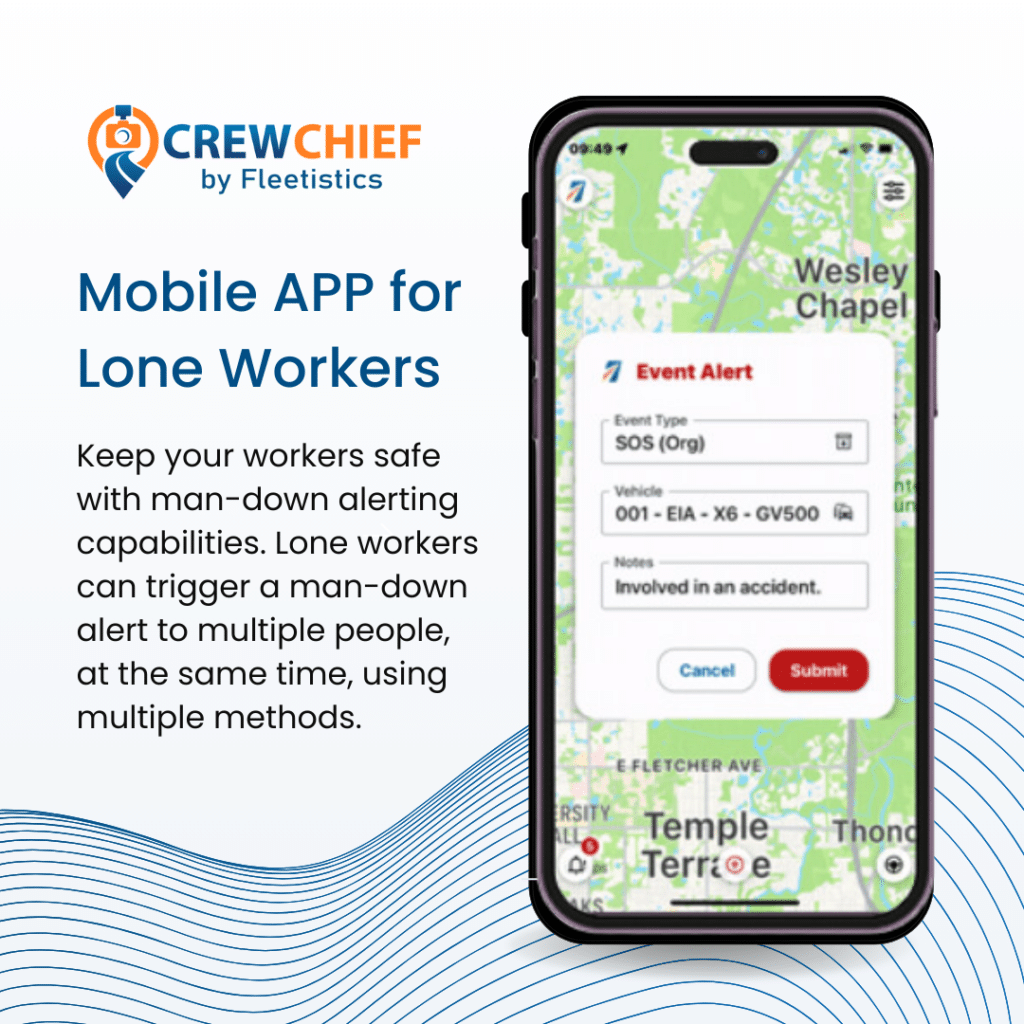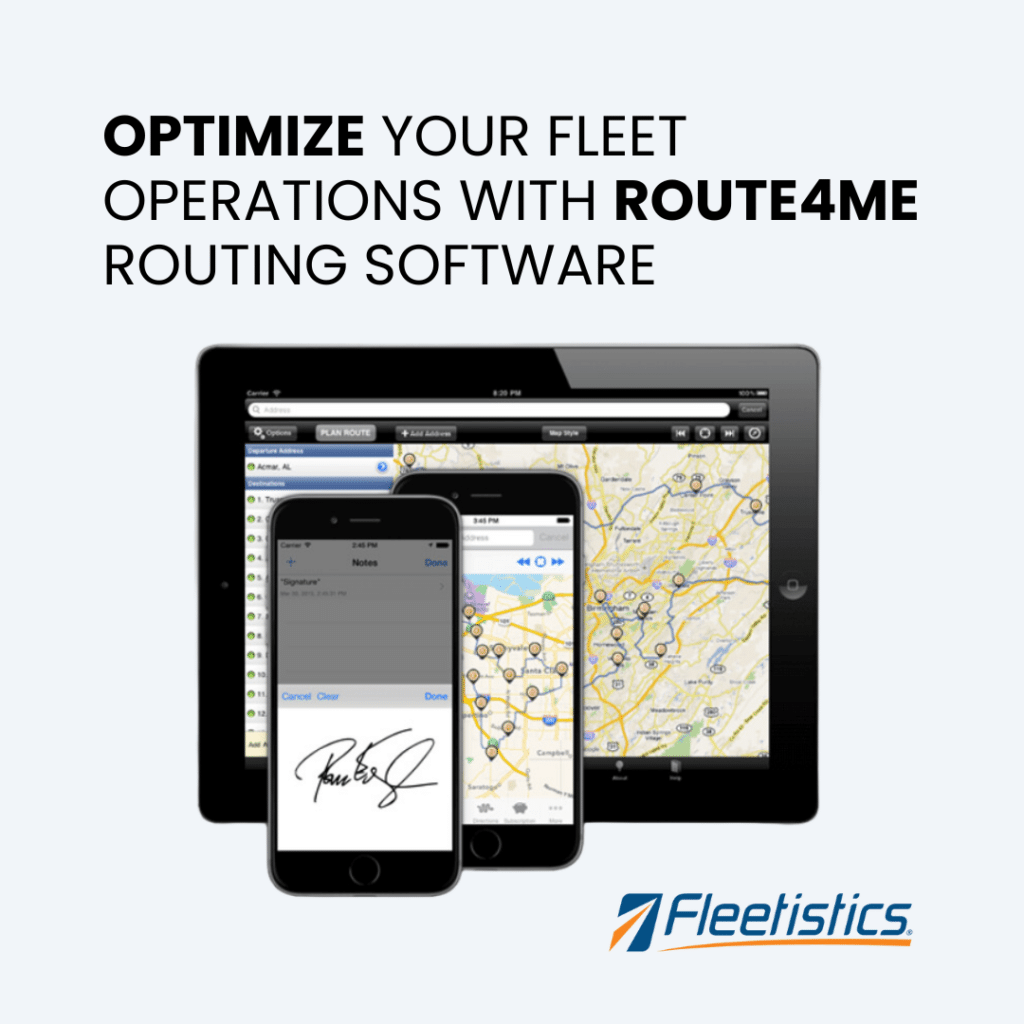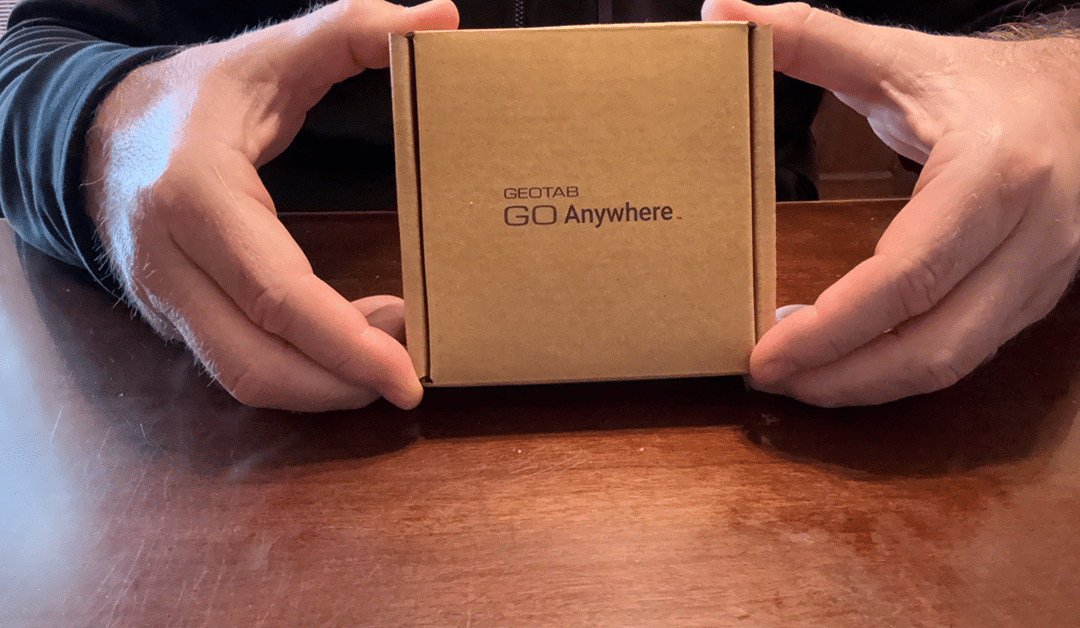
by Lynn Rios | Mar 14, 2024 | Fleet Management, Assets and Equipment, Return on Investment
Introducing Geotab’s GO Anywhere asset tracker Introduced at Geotab Connect 2024, GO Anywhere is a self contained asset tracker designed to improve how companies manage a wide range of assets. With a battery life of up to 10 years at 1 ping per day, you never...
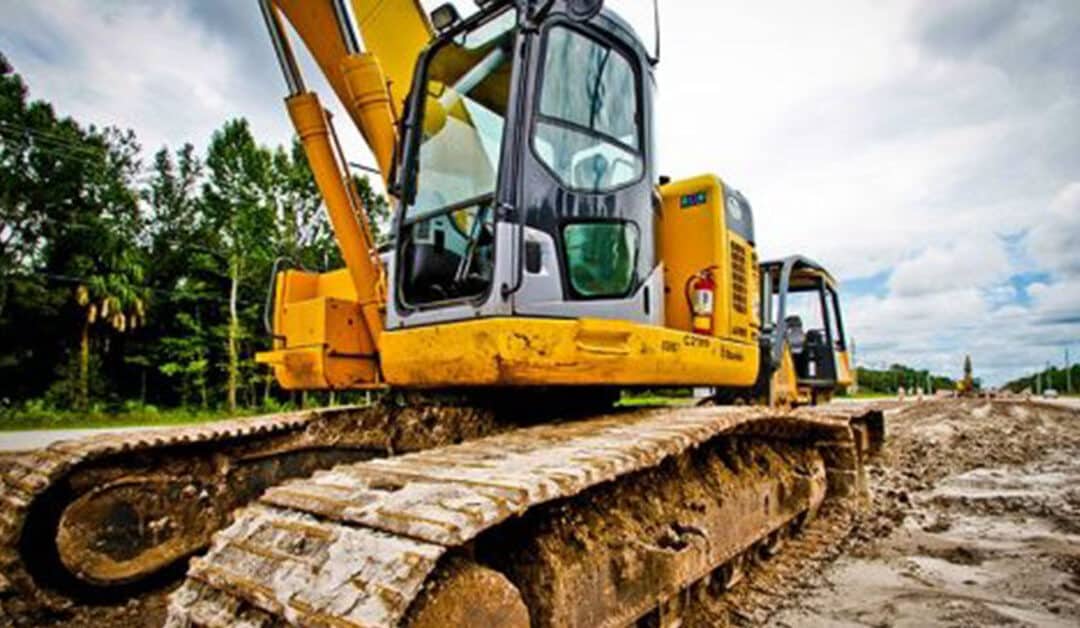
by Eron Iler | Jan 22, 2024 | Fleet Management, Assets and Equipment
Selecting an asset tracker is an important decision. Therefore taking the time to define your requirements is critical to getting it right the first time. Once an asset tracker is deployed it is difficult and expensive to service or replace when unforeseen issues...
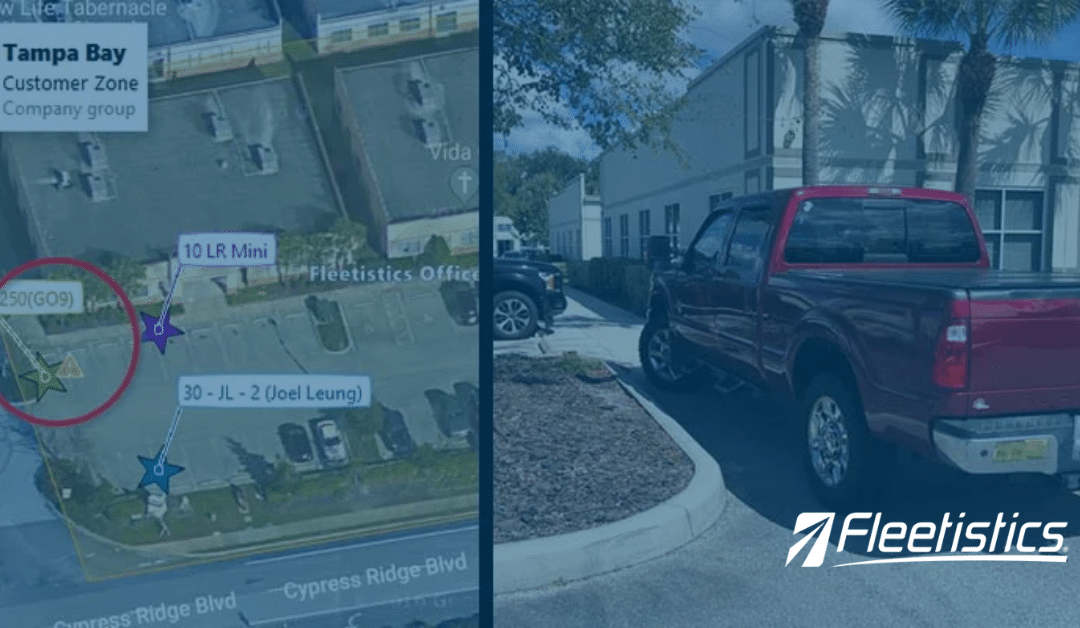
by Eron Iler | Oct 20, 2023 | Fleet Management, Assets and Equipment, GPS Tracking & Telematics Equipment, Industries, Resources
GPS Accuracy and What Affects It The advertised location accuracy of most GPS trackers less than 3 meters. GPS Accuracy can vary outside this standard deviation based on environmental factors such tree cover, tall buildings, GPS antenna used, device engineering and...
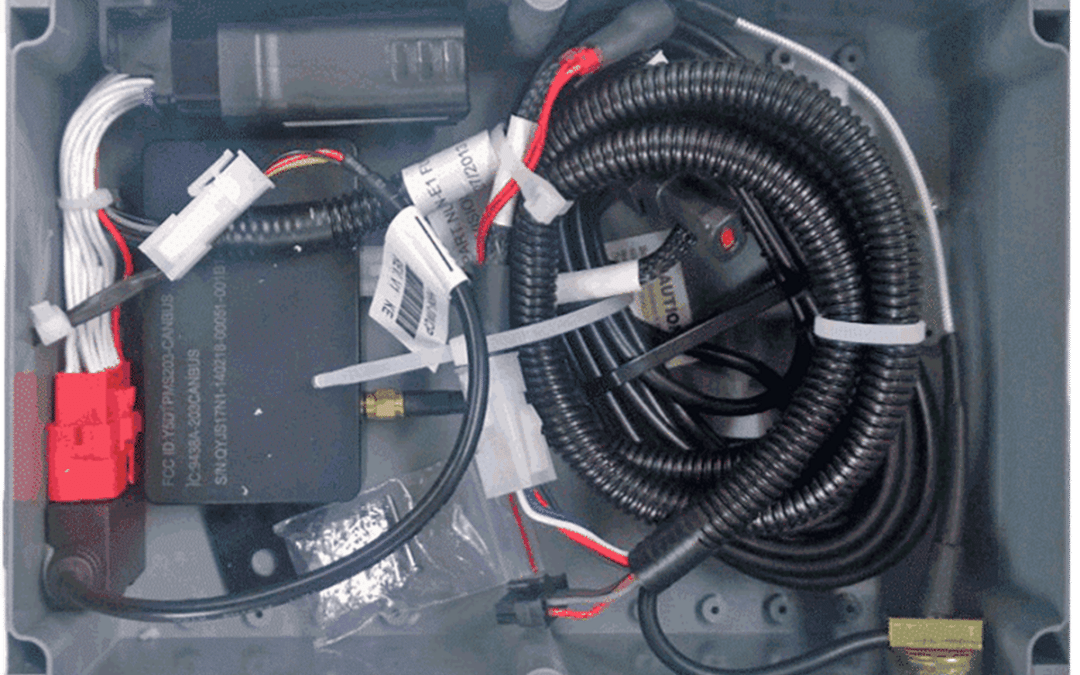
by Eron Iler | Aug 17, 2023 | Assets and Equipment, Solutions
Who or what is NEMA? NEMA is an organization that has developed an international standard for rating electrical enclosures for resistance to various elements. These elements include humans, moisture, debris, fire, temperature, pressure and more, and based on what the...
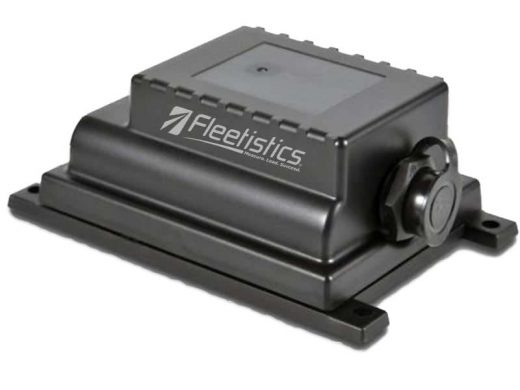
by Kim Spring | Jul 31, 2023 | Fleet Management, Assets and Equipment
Top Considerations When Selecting an Asset Tracker Understanding the features, cost and communication method is essential to selecting an asset tracker. Asset trackers vary features and one key feature might dramatically improve your ROI. The first step to getting it...
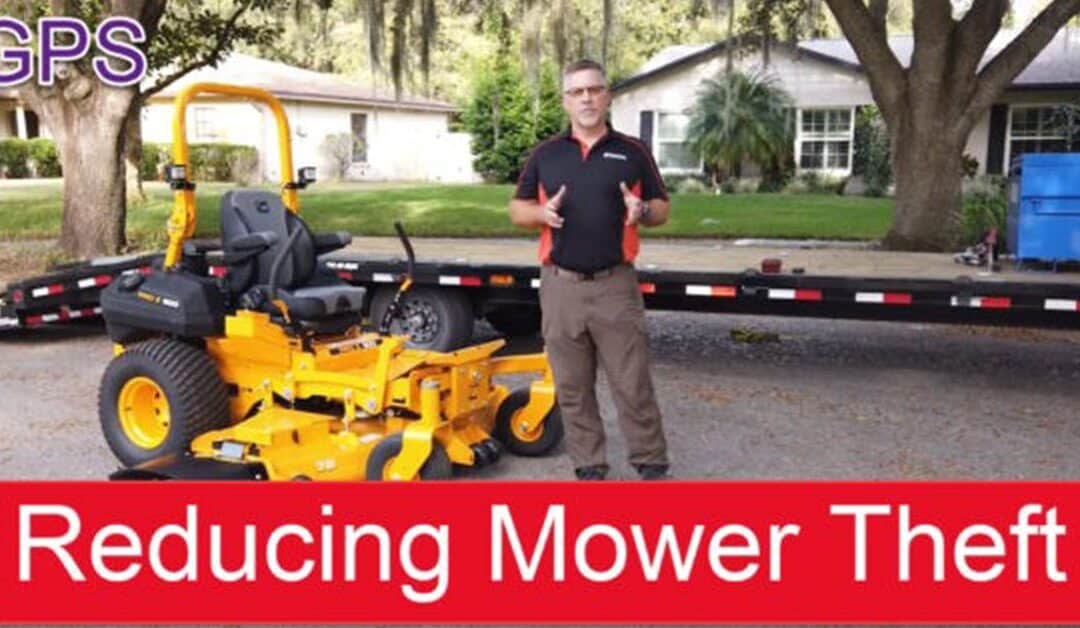
by Eron Iler | Dec 15, 2021 | Risk and Safety, Assets and Equipment
GPS Tracking Small Equipment Reduces Theft One of the biggest requests we get is how to protect small equipment from theft. Mowers are one of the most frequently stolen units because of their mobility, value and ability to provide revenue. They are hard to trace since...






